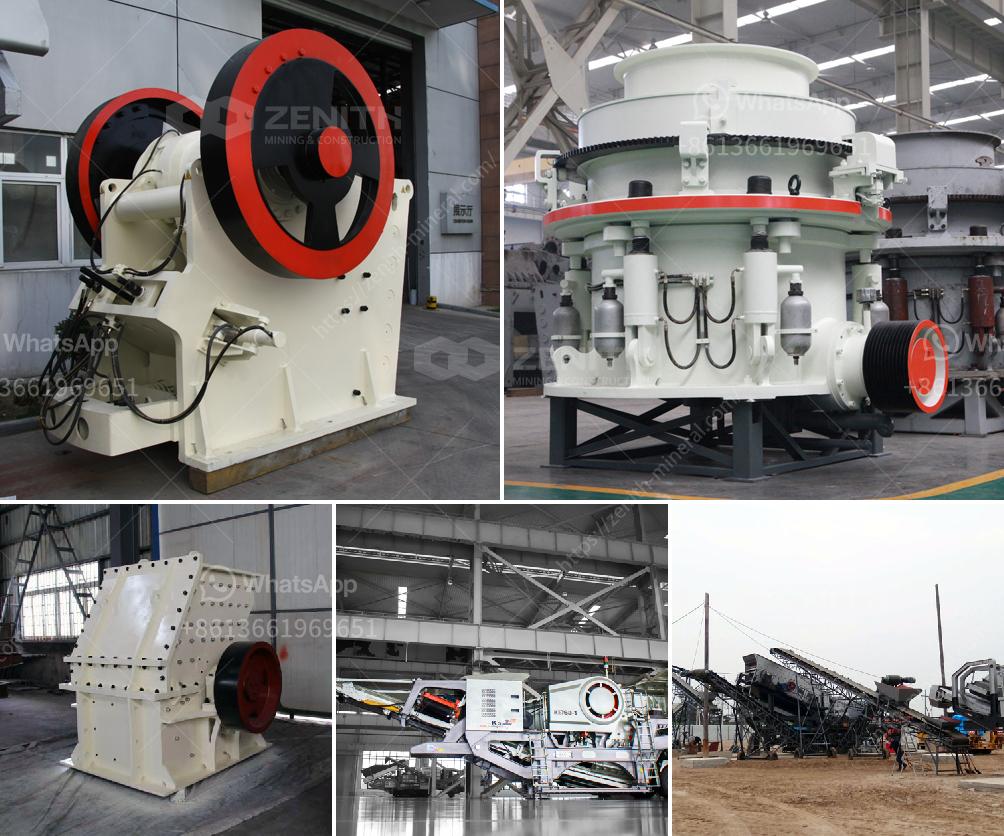Crushers and grinding mills are both types of equipment used in the size reduction of materials, but they serve different purposes and operate in different ways. Here are the key differences between the two:
-
Purpose and Functionality:
- Crushers are primarily used to reduce large, coarse materials (such as rocks, ore, or even construction debris) into smaller pieces. This is typically the first stage of the material reduction process. Crushers break down raw material into manageable sizes for subsequent processing.
- Grinding Mills are used to pulverize material into fine powders or very small particles. They are typically used after crushers and are part of the fine-to-ultrafine size reduction process.
-
Type of Material Processed:
- Crushers handle larger, harder, and more abrasive materials, suitable for primary crushing.
- Grinding mills are used for softer and less abrasive materials or for materials that have already been reduced to smaller sizes by a crusher.
-
Size Reduction Technique:
- Crushers use compressive, impact, or shear forces. The choice depends on the material type and desired outcome. Common types include jaw crushers, cone crushers, impact crushers, and gyratory crushers.
- Grinding Mills typically employ grinding methods such as abrasion and attrition, often using media like balls, rods, or pebbles. Common types include ball mills, rod mills, hammer mills, and vertical mills.
-
Product Size and Distribution:
- Crushers generally produce coarser output with widely varying sizes, potentially requiring further milling.
- Grinding mills achieve smaller particle sizes and more uniform particle distribution.
-
Operational Scale:
- Crushers can handle larger volumes of materials in single passes and are often used in large-scale mining operations and raw material processing plants.
- Grinding mills operate on smaller volumes, typically in mineral processing or material preparation applications where fine particle sizes are critical.
-
Energy Consumption:
- Crushers tend to use less energy per ton of material processed compared to grinding mills because they mostly work at the macro-size levels.
- Grinding mills use more energy to achieve finer particle sizes, often involving greater friction and time.
-
Output Shape:
- Crushers often produce output shapes that are less uniform and more angular.
- Mills tend to produce more spherical and consistent particle shapes, which can be important in certain applications like cement or pharmaceuticals.
Understanding these differences helps in selecting the appropriate equipment for a specific task in the material processing industry.

